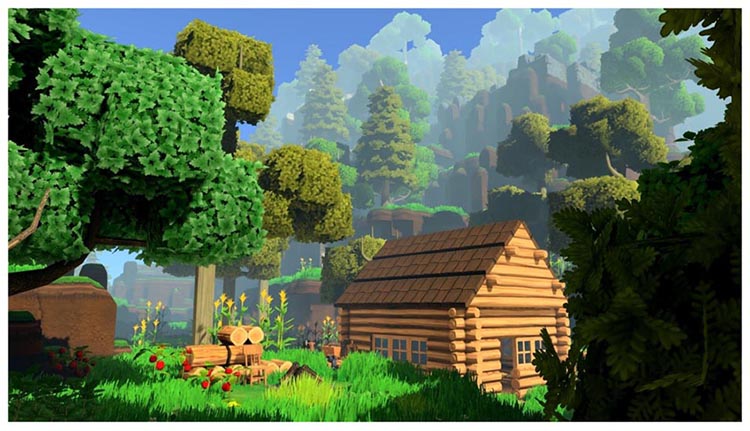
Yet, for any individual household, motorist, etc., a scale effect in their actions is invisible. Hence, progressive social and economic policies designed to disseminate Western levels of prosperity may even resemble, on another scale, an insane plan to destroy the biosphere.

As a result of scale effects what is self-evident or rational at one scale may well be destructive or unjust at another. Scale effects in relation to climate change are confusing because they take the easy, daily equations of moral and political accounting and drop into them both a zero and an infinity: the greater the number of people engaged in modern forms of consumption then the less the relative influence or responsibility of each but the worse the cumulative impact of their insignificance. Non-cartographic concepts of scale are not a smooth zooming in and out but involve jumps and discontinuities with sometimes incalculable “ scale effects.” For instance:Įnvironmental, economic, technological and health factors are global, but our governance systems are still based on the nation state, while our economic system (‘free market’ capitalism) and many national political systems (interest group ‘democracy’) remain profoundly individualistic in input, albeit tragically collective in output (215–6). Even the climatology works on a less than helpful scale: “Paradoxically, it is simpler to predict what will happen to the planet, a closed system, than to make forecasts for specific regions” (Litfin 137).Ĭartographic scale is itself an inadequate concept here. A long fought-for nature reserve, designed to protect a rare ecosystem, becomes, zooming out, a different place. Policies and concepts relating to climate change invariably seem undermined or even derided by considerations of scale: a campaign for environmental reform in one country may be already effectively negated by the lack of such measures on the other side of the world.

With climate change, however, we have a map, its scale includes the whole earth but when it comes to relating the threat to daily questions of politics, ethics or specific interpretations of history, culture, literature, etc., the map is often almost mockingly useless. To move from a large to small scale or vice versa implies a calculable shift of resolution on the same area or features, a smooth zooming out or in. Thus a “cartographic scale” describes the ratio of distance on a map to real distances on the earth’s surface. It turns out to be a map of the whole earth.Ī scale (from the Latin scala for ladder, step or stairs) usually enables a calibrated and useful extrapolation between dimensions of space or time. You thank him and walk on, opening the map to pinpoint a route. Generously, he offers to give you a small map which he happens to have in his briefcase. You stop a friendly-looking stranger and ask the way.

You are lost in a small town, late for a vital appointment somewhere in its streets.


 0 kommentar(er)
0 kommentar(er)
